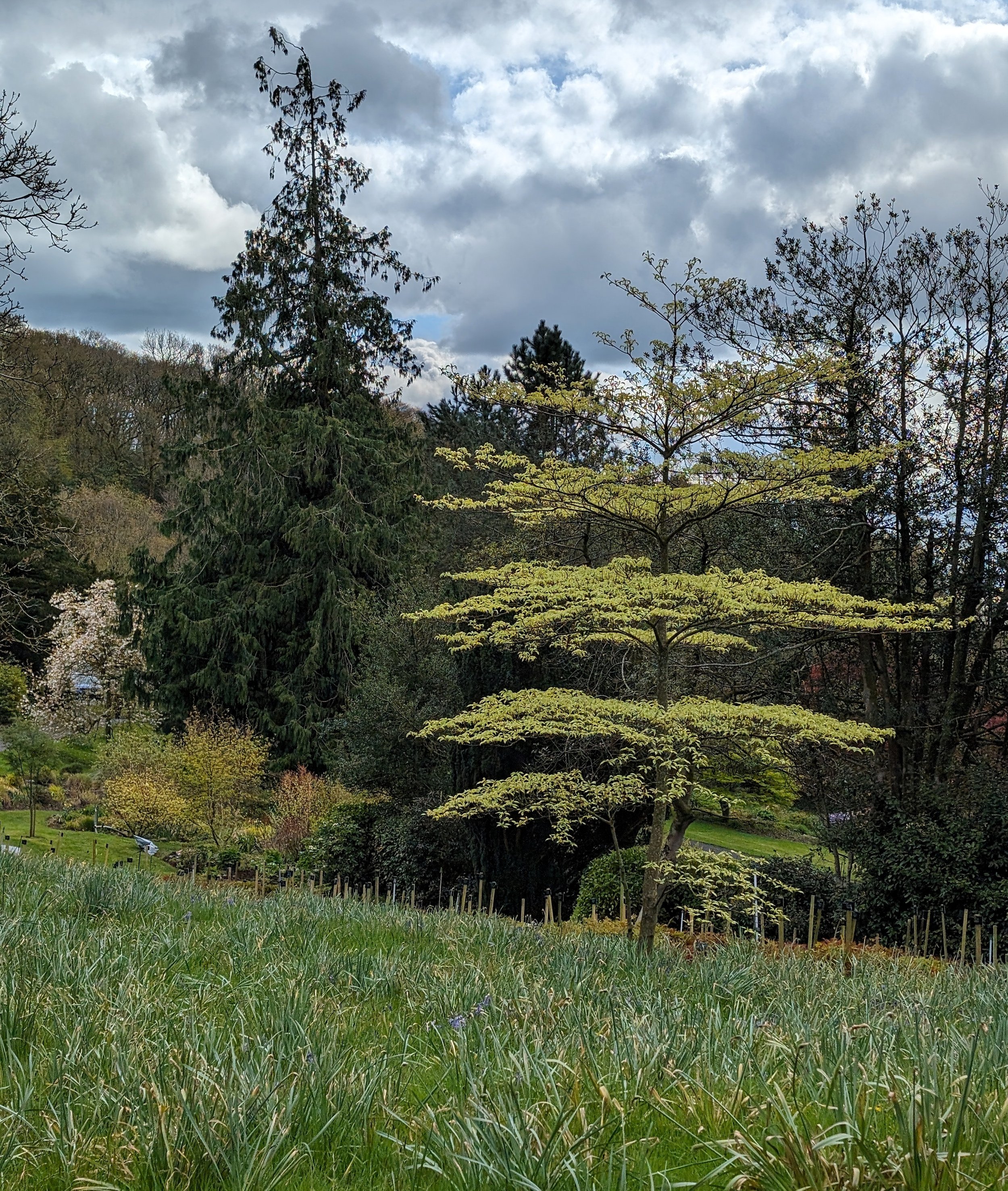Capturing Nature's Beauty: Lessons from a Flower Photography Course
I wanted to enhance and improve my flower photography skills to capture the delicate elegance of flowers and landscapes through the lens of my camera phone. I have never been one for using cameras (I can’t seem to get my head around all the settings!). Enrolling in a flower photography course not only enhanced my technical skills but also provided valuable insights into the artistry behind every click.
Here’s what I learned…….
The Rule of Thirds:
The rule of thirds serves as a fundamental principle in composing visually appealing images. Placing the main subject or focal point off-center, intersecting with imaginary lines dividing the frame into thirds, creates a balanced and dynamic composition. This technique adds depth and interest to floral photographs, guiding the viewer's gaze with precision.
The Rule of Odds:
The rule of odds involves incorporating an odd number of subjects within the frame, rather than an even number. This technique enhances visual harmony and creates a sense of natural asymmetry, making the composition more engaging and aesthetically pleasing.
Fill the Frame:
To capture the intricate details and textures of flowers, filling the frame with the subject is paramount. By eliminating distractions and focusing solely on the flower, the viewer is immersed in its captivating allure. This technique emphasises intimacy and invites closer inspection, allowing the viewer to appreciate the subtle nuances and inherent beauty of each petal and stamen.
Negative Space:
Incorporating negative space around the main subject provides breathing room within the composition, drawing attention to the focal point while enhancing its significance.
Leading Lines:
The use of leading lines directs the viewer's gaze towards the focal point, guiding them through the photograph with fluidity and purpose. Incorporating natural lines within the composition adds movement and dimension, transforming a static image into a captivating visual narrative.
Focal Point:
Identifying a clear focal point within the frame anchors the viewer's attention and provides a focal point for the composition. Whether it's a vibrant bloom, a dew-kissed bud, or a delicate insect perched upon a petal, the focal point invites the viewer to explore and appreciate its beauty.
I have always thought that taking pictures in bright sunlight is best. However, this is not the case. I learned that the best time to photograph gardens and flowers is when there is fog, mist, dew, frost and at sunset and sunrise.
Other top tips include:
Edge patrol - checking for mess and clutter before taking a photograph.
Taking a photograph from a different angle, not just from the human view.
Creating layers.
Using a light box.
The course was held at Holehird Gardens in Windemere. A beautiful setting. Well worth a visit if you are in The Lakes. Newton Rigg Training delivered the course. It was excellent value for money. I was inspired to ensure that each photograph tells a story, inviting viewers to pause, reflect and enjoy the wonders of nature!














